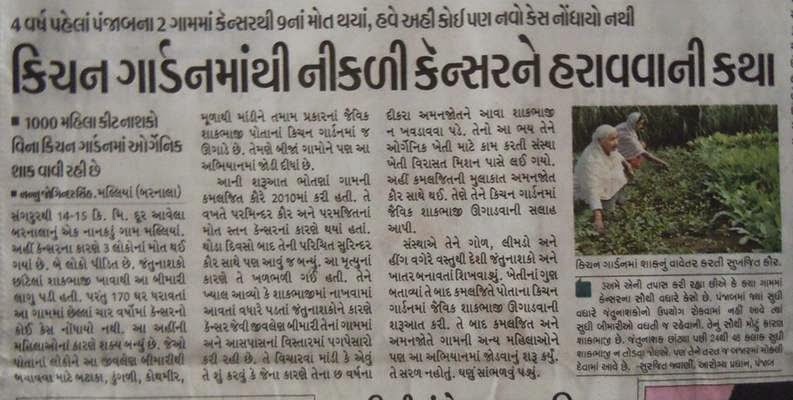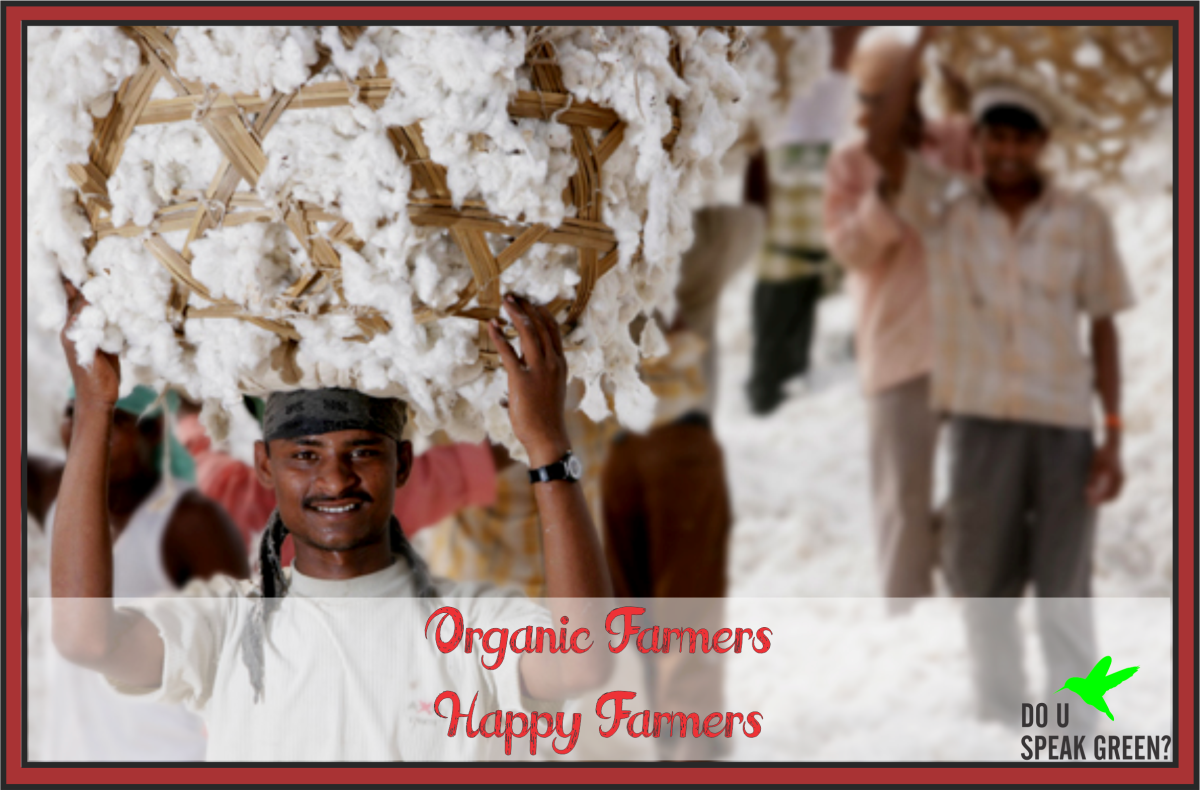JOANNA VAN GRUISEN
It may seem counter-intuitive but the key to the world’s food security does not lie with genetically modified organisms (GMOs) and industrial farming
Source: http://www.thehindubusinessline.com/features/blink/takeaway/key-to-world-food-security-does-not-lie-with-gmos-and-industrial-farming/article6639967.ece
It may seem counter-intuitive but the key to the world’s food security does not lie with genetically modified organisms (GMOs) and industrial farming
Colder nights finally arrived and put paid to our beetle plague. The garden is burgeoning again with rocket and lettuce. Our Sarai guests love these. We mainly grow vegetables and herbs that are unavailable at the local village markets, but have also planted some seasonal vegetables. When successful, our small garden produces enough, not only to feed our guests and staff, but for the latter to take home to their families. It is amazing how much a small plot can produce. Input costs are minimal apart from human labour. We spend little on seeds as most are saved from plants of the previous year. Neem and tobacco do well against most plant-destroying insects and fungi, and our compost provides the nutrients. It is a happy organic cycle.
According to the UN’s Food and Agriculture Organization (FAO), small plots have many benefits, which include reducing child mortality and incidence of eye diseases, and raising the status of women. They should be encouraged everywhere. In developed countries, there is a noticeable shift back to allotments and home gardens. For some, it’s the awareness of the role of transport in climate change; for others, it comes from a desire to know what they are eating in these days of unlabelled, genetically modified and pesticide-permeated foods. Here, an old adage bears repeating, since it is especially relevant to the agricultural scenario: small is beautiful.
It may seem counter-intuitive — and there are many agro-businesses that try to persuade us otherwise — but the key to the world’s food security does not lie with genetically modified organisms (GMOs) and industrial farming. Experts warn that such a path, far from providing enough food, will dangerously impoverish the world. It is already the small farmer who feeds more of the world, especially in low-income countries. Many big international institutions such as the UN and World Bank now recognise that small farmers are the key to feeding a growing global population. Unfortunately, more and more of the agricultural land is moving into the hands of the rich and powerful, and government policies still tend to favour large over small — 80 per cent of subsidies and 90 per cent of research funds still go to industrial agriculture. Yet study after study shows that small farms are more efficient and that there is a strong inverse relationship between farm size and productivity. Even with the least share of land, smallholding farmers produce the largest percentage of food — 70-80 per cent with less than 25 per cent of the agricultural land.
Here is another fact that may surprise some of you: organic farms produce as much, and sometimes much more, than conventional farms. Where there is a yield gap in the other direction, it tends to be in wealthy nations. Organic farming is far from being a luxury that low-income countries cannot afford; it is rather the way the world has to go. A University of Essex research study examined over 200 agricultural projects in the developing world (9 million farms on nearly 30 million hectares) and found that yields increased an average of 93 per cent when they converted to organic and ecological ways. A seven-year study from Maikaal District in central India (of 1,000 farmers cultivating 3,200 hectares) found that average yields for cotton, wheat, chilli and soy were as much as 20 per cent higher on the organic farms than conventional ones nearby.
Organic farming brings so many benefits, from cleaner water to rural stability, there is not enough room to list them all. But one such benefit is increased biodiversity. If we changed agriculture on a large scale, we could sustain much higher levels of biodiversity. Imagine how many more birds and bees there would be without the tons of pesticides conventional farming uses on the fields; how much healthier we would be. We do not need to travel far to see examples: 50,000 hectares in Medak district of Andhra Pradesh have been proposed as an ‘Agricultural Biodiversity Heritage Site’ thanks to the work of — mostly women — farmers there. This is the first such site in India, and when you read of the 12-23 varieties of crops the women grow on less than three acres of only rain-fed land, you know accolades are well deserved. Self-sufficient in food and seeds, their methods could be a life-and-death choice for them. Thanks to eschewing conventional ways and market pressures to become “progressive” by planting hybrids, there are no farmer suicides in their district. (As a journalist pertinently asked, why does India celebrate independence every year only to cede it to foreign companies like Mosanto?)
Being in favour of ecological farming doesn’t mean
wanting a return to the past — just wanting technology that’s not from a chemical factory and based on petroleum. Rather, we need to creatively combine old wisdom with modern ecological knowledge and innovation — “Technology with a human face.”
Have I said it before? India has everything required to lead the world on this new path. Her indigenous food knowledge base in the adivasi and small farming communities is unsurpassed. Though dwindling, there is yet ample biodiversity and no shortage of vision and innovation. What we have yet to achieve are the agricultural policies that could allow it to happen. And we need these fast before the knowledge and biodiversity are is lost forever.
(Joanna Van Gruisen is a wildlife photographer, conservationist, and hotelier based near Panna, MP.)
(This article was published on November 28, 2014)
Source: http://www.thehindubusinessline.com/features/blink/takeaway/key-to-world-food-security-does-not-lie-with-gmos-and-industrial-farming/article6639967.ece







